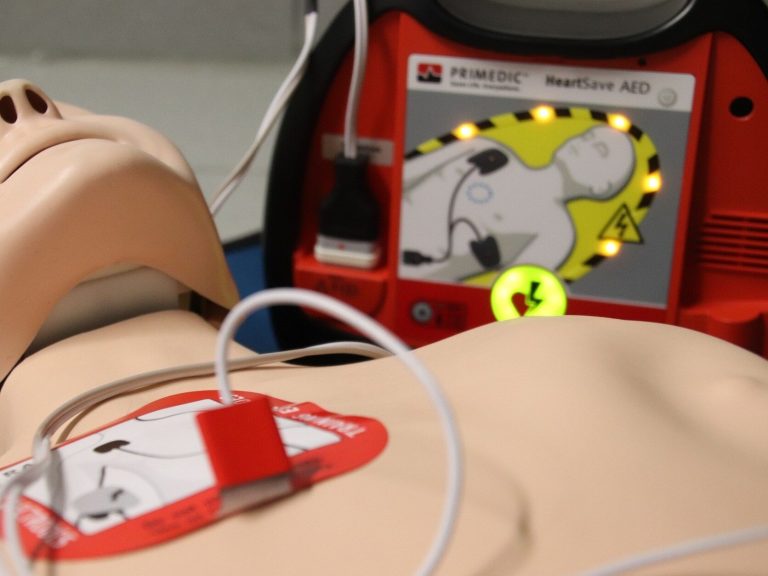Kidneys for transplantation can be obtained from deceased newborns. How is this method different?

Kidneys for transplantation can be obtained from deceased newborns. However, such a transplant is usually performed differently than in the case of organs from an adult donor.
Kidneys are one of the most frequently transplanted organs – almost twice as many kidney transplants than liver transplants have taken place in Poland. Although dialysis is an option for many people with chronic renal failure, in the case of a transplant the patient’s quality of life significantly improves. However, the demand for these organs is still greater than the possibilities of obtaining them. One of the methods is collecting kidneys from deceased newborns – although it may seem controversial, it is a huge opportunity for transplantology. Moreover, such a solution already exists in some countries.
Kidneys for transplant obtained from deceased newborns
Last week, the congress of the European Society of Organ Transplantation took place in Greece. Specialists discussed, among other things, obtaining kidneys from deceased newborns. As reported by “News Scientist”, experts argued that these organs could be obtained from newborns who died during childbirth or immediately after birth.
Such procedures are already performed in some countries, including the United States and Great Britain. However, such operations are very rare – they take place only a few times a year in each of these countries. According to experts, such transplants would be possible more often. “We have seen that these very rare but necessary transplants can be used more often to save lives,” noted Dai Nghiem at Allegheny General Hospital in Pittsburgh, Pennsylvania (USA). This is an opportunity to increase the number of transplants of this organ.
What does kidney transplantation from deceased newborns look like?
In the case of a “traditional” transplant, when kidneys are taken from an adult, only one organ is implanted. However, the situation is different in the case of kidneys taken from deceased newborns. To achieve the best effect as quickly as possible, doctors transplant two kidneys at the same time, placing them on one side in place of one organ. Kidneys obtained from deceased newborns can be used for transplantation in both children and adults. Such kidneys are smaller than those of adult humans, but they grow quickly in the body after transplantation. A pair of kidneys taken from a newborn can usually replace one adult kidney within three months.
However, this solution is more troublesome than in the case of a kidney transplant from adults. This is due to human factors – conversations between doctors and transplant coordinators with parents of deceased children regarding consent to organ donation are difficult and require special empathy. According to doctors, it is very difficult to discuss this topic with parents who are going through mourning.
Greater risk of complications after such a transplant
However, specialists point out that this type of transplantation involves more complications. More often, blood clots occur, which in turn may result in serious damage to the transplanted kidney and sometimes even require its removal. However, this is not the rule. Typically, after a long period of time, kidneys transplanted from deceased newborns are in good condition, and a study published in the American Journal of Transplantation shows that almost 90 percent of such kidneys are still functional after 12 months.






